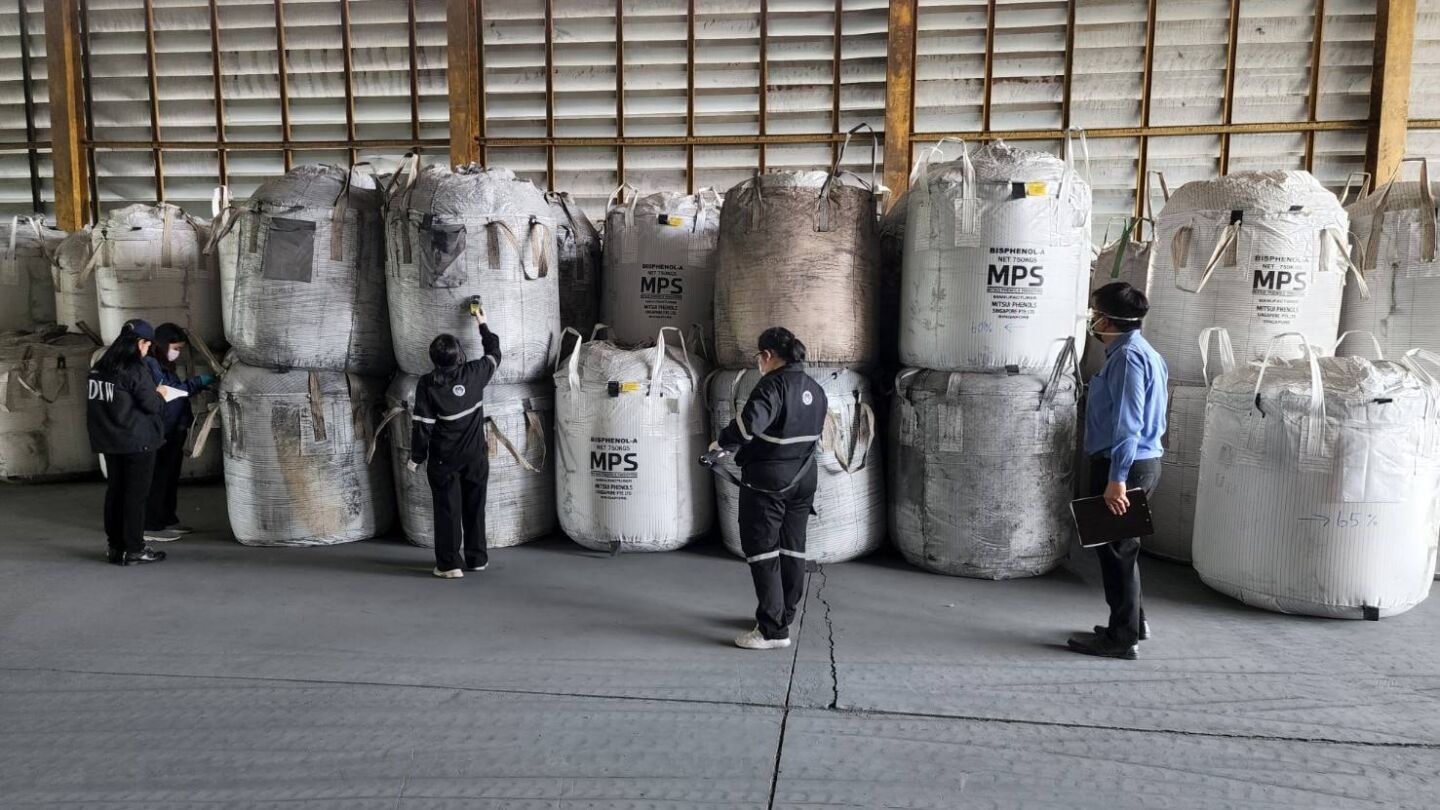Fear that radioactive materials from an industrial cylinder of Cesium-137 that went missing last month could turn up again has led officials about 200 kilometers away to intervene.
Officials in the eastern province of Rayong ordered a factory there to return 16 bags containing 12.4 tons of “red dust” from the smelting plant where Cesium-137 was discovered Sunday to be returned to Prachinburi province, where the radioactive cylinder first went missing about a month ago.
The Rayong factory had received the steel mill red dust from the smelting facility on March 3. It was reportedly kept in bags located in a enclosed area. The factory was ordered to suspend operations for at least three days.
Fear that radioactive dust could blow long distances to contaminate ecosystems and poison people who inhale it have gripped many Thais fearing a repeat of a 2000 incident southeast of Bangkok, where a Cobalt-60 device was stolen by scrappers and cracked open, killing three.
Radiation levels at the Rayong factory area were within safe thresholds, according to officials from Thailand’s nuclear agency, which yesterday insisted the public had nothing to fear.

Rayong Gov. Traipop Wongtrairat instructed local officials to monitor public health, especially the factory workers and those who may have come into contact with the so-called red dust.
EAF dust is a byproduct produced when melting steel in an electric furnace.
Given that Cesium-137 is a gamma emitter with a half-life of 30 years, it’s too soon to be sure the public won’t be affected. Any potential contamination can pose risks to humans for decades to come.
Exposure to large amounts of Cesium-137 can cause burns, acute radiation sickness, and even death. Exposure to high-energy gamma radiation can increase the risk of cancer.
The radioactive cylinder, which is about 20 centimeters long and 15 centimeters in diameter, disappeared in late February. However its disappearance from the National Power Plant 5A was only reported to police on March 10. The factory originally set a bounty for those with information that led to the Cesium-137 discovery before later doubling it to THB100,000.





Reader Interactions